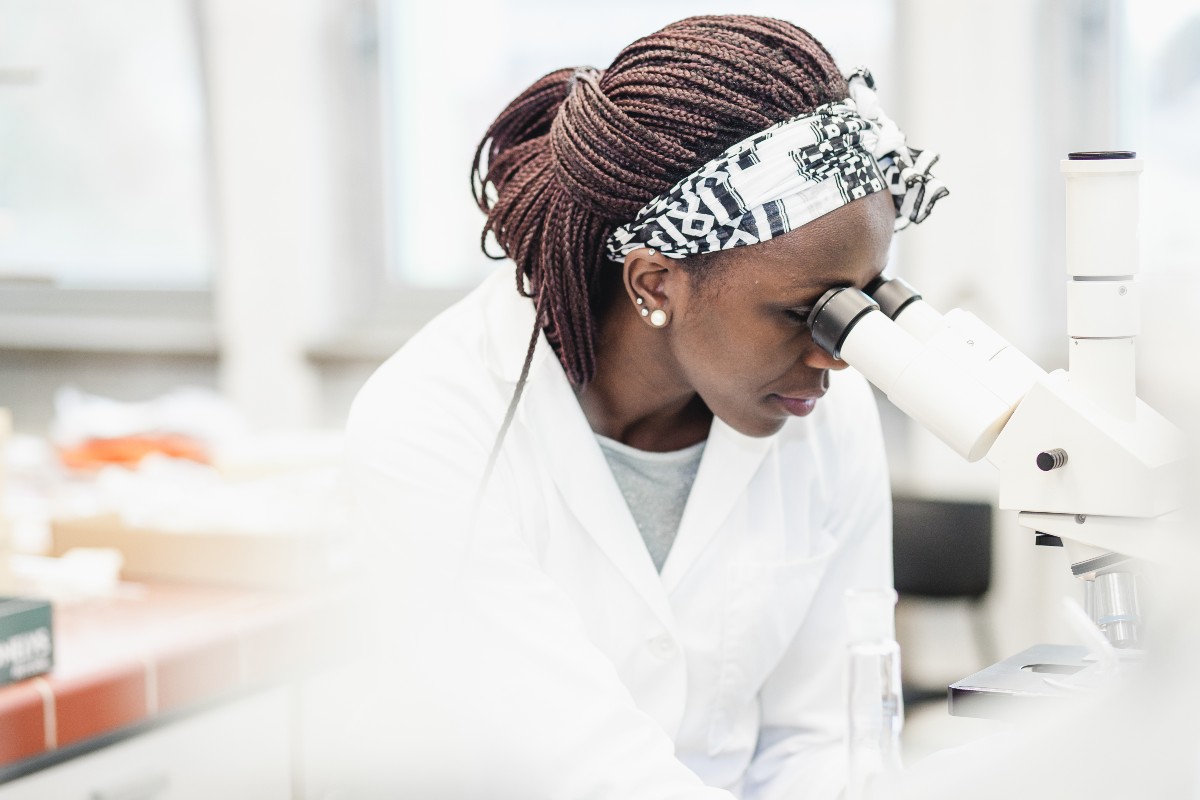According to the American Cancer Society, the average risk that a woman will develop breast cancer in her lifetime is about 13%. This translates to about 1 in 8 women.
"As a woman, the best way to approach breast cancer is to be aware of the risk factors and symptoms so you and your doctor can develop a strategy for early detection," says Ko Maung, M.D., medical oncologist with Riverside Health System.
Immediate family members with breast cancer increase your risk of the disease.
Age, gender, family history, genetics, ethnicity and lifestyle all play a role in determining your risk for breast cancer.
"If your sister or mother has breast cancer, your risk of getting the disease just about doubles," says Dr. Maung.
Besides being female and having a close relative with breast cancer, your risk goes up with the following factors:
- Getting older
- Mutations to specific genes, including the BRCA1 and BRCA2 mutations
- Taller stature
- Dense breast tissue
- Menstruation before age 12
- Menopause after age 55
- Benign proliferative breast lesions
- Chest radiation
- Exposure to DES (diethylstilbestrol)
Drinking alcohol increases the risk of breast cancer.
When it comes to lifestyle factors like diet and physical activity, drinking alcohol has the strongest association with breast cancer risk. Women who drink a single drink per day have a 7%-10% increase in risk compared to women who do not drink. That risk doubles to 20% with 2-3 drinks per day.
For women who drink, the American Cancer Society recommends limiting it to one drink per day. But if you don’t drink, continue to avoid alcohol to reduce your risk.
Excess body fat after menopause adds to your risk.
Risk factors like weight and physical activity get stronger as you age. If you are overweight, obese or physically inactive, your risk of developing breast cancer is higher, especially after menopause.
To reduce your risk, a minimum of 150 minutes of physical activity per week is recommended as well as eating lots of whole plant foods like vegetables, fruits, beans and whole grains. These healthy lifestyle habits will not only reduce your risk of breast cancer but will also help you avoid other common health conditions like diabetes and heart disease.
Changing size, shape or feel of breasts may be a warning sign of breast cancer.
Changes in how breasts look and feel should not be ignored and may be related to a new or developing breast cancer. Suspicious findings include:
- Breast lump or lump in surrounding areas like your armpit
- Swelling or dimpling of breast tissue
- Size or shape change of breast
- Redness, irritation or flaking skin on the nipple or breast
- Breast pain
- Nipple discharge (other than breast milk)
Breast changes can also result from other noncancerous conditions, so it's important to discuss your findings with a doctor.
Every breast is different. That's why it’s important to do self breast checks in addition to more clinical screening methods like mammograms.
"Self breast exams are an awareness tool to help you become familiar with the look and feel of your own body. This way, if something changes, you'll be more likely to notice," Dr. Maung explains.
What's the next step for reducing my risk?
Take the first step in breast cancer prevention and early detection by talking to your doctor about your risk. Schedule an appointment with a primary care physician today.
Related:
- Learn more about Ko Maung, M.D.
- Mammogram
- Breast Cancer
- Healthy YOU



